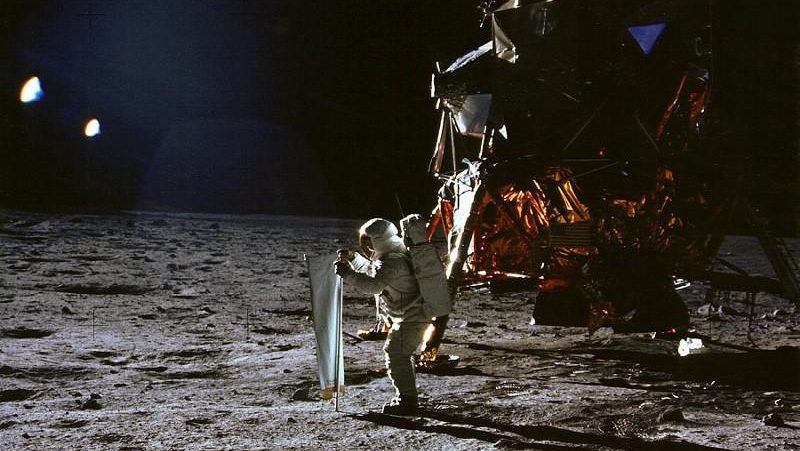Everybody thinks automobiles need to have engines. They don’t. We need to radically change our perception of transportation.
Question: What will the city of the future look like?
Bill Mitchell: We don’t have a utopian vision. We have a set of ideas that we think are important to discuss. Those ideas largely have to do with sustainability of cities. The ability of cities to, over time, remain in balance with the resource streams that are available to them, and they have to do with social justice and equity of the fundamental conditions of satisfactory citizenship. These are the sorts of things that concern us.
These are classic urban planning and urban design issues. They just get redefined when you start to think of them in the context of the intelligent city. So, to be very specific about that, we’ve been looking at reinvention of mobility systems, for example, reinvention of transportation because that’s where you can get enormous payoff. The automobile as we know it has been around for about 100 years. It’s one of the most successful inventions of all time, but in my view, it is thoroughly obsolete at this point. And so by fundamentally rethinking the automobile, thinking of it as a robot on four wheels, essentially, something that can communicate with other intelligent devices, it can operate in a coordinated way, you can really start to fundamentally rethink urban personal mobility. That’s one example.
Question: Why do you believe that automobiles are obsolete?
Bill Mitchell: If you think of an automobile, think of firstly, it weighs at least 20 times the weight of the rider. Now, that’s crazy, that’s just crazy. It doesn’t need to do that. Or look at the footprint of it. Look at the footprint of this chair that I’m sitting in takes up. Look at the footprint of an automobile and see how large that footprint is. Most automobiles spend about 80 percent of their time sitting around doing nothing. They’re gasoline powered; they go to very high speeds, which in fact, under urban conditions, you don’t need. These high speeds generate enormous safety requirements and so on and so forth.
Now you can incrementally tweak the automobile. You can make the power train more efficient and you can enhance safety and all of these sorts of things that are very worthwhile, but what we are concerned about is stepping right back and saying, can you fundamentally rethink the whole idea? Can you really begin to think of urban personal mobility in totally different terms that are fundamentally more sustainable? Fundamentally more equitable and fundamentally better for the planet and that’s what we are trying to do. So, we’re not working within the framework, I mean incremental tweaking. We’re working within the framework of fundamental reinvention.
Question: How would you get people to implement this behavioral change and wrap their minds around something new?
Bill Mitchell: The way that we work always is by trying to identify the fundamental underlying design assumptions that everybody takes as a sort of given and unchallengeable when you think about solving these problems. And we try to challenge those assumptions. For example, everybody thinks an automobile needs an engine. Well, an automobile doesn’t necessarily need an engine. What we do is shift electric motors into the wheels of our automobiles and so we have a completely different kind of thing where we have four independent intelligent wheels rather than a traditional internal combustion engine and power train and so on. So, we do that.
And then we try to make products and systems with solutions to the problems that we’re trying to solve that are not only good technical solutions, but engage people’s imagination and engage people’s desire. An automobile is not just a way of getting around; it’s an expression of yourself just as much as your clothing is, your representation in public. It’s an intensely emotional thing, your relationship to your automobile. So, what we try to do is make designs that are intensely appealing, not only at a technical level, but also on a fundamental emotional and human level. And I don’t think you can succeed without that.
Recorded on January 21, 2010





